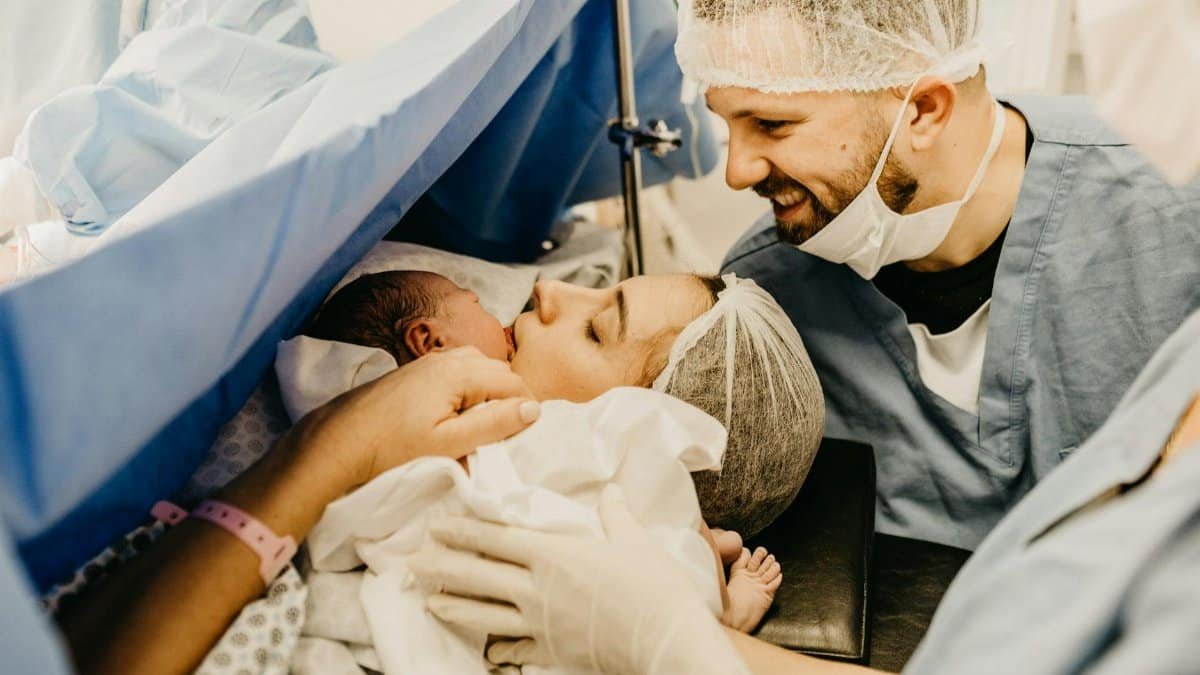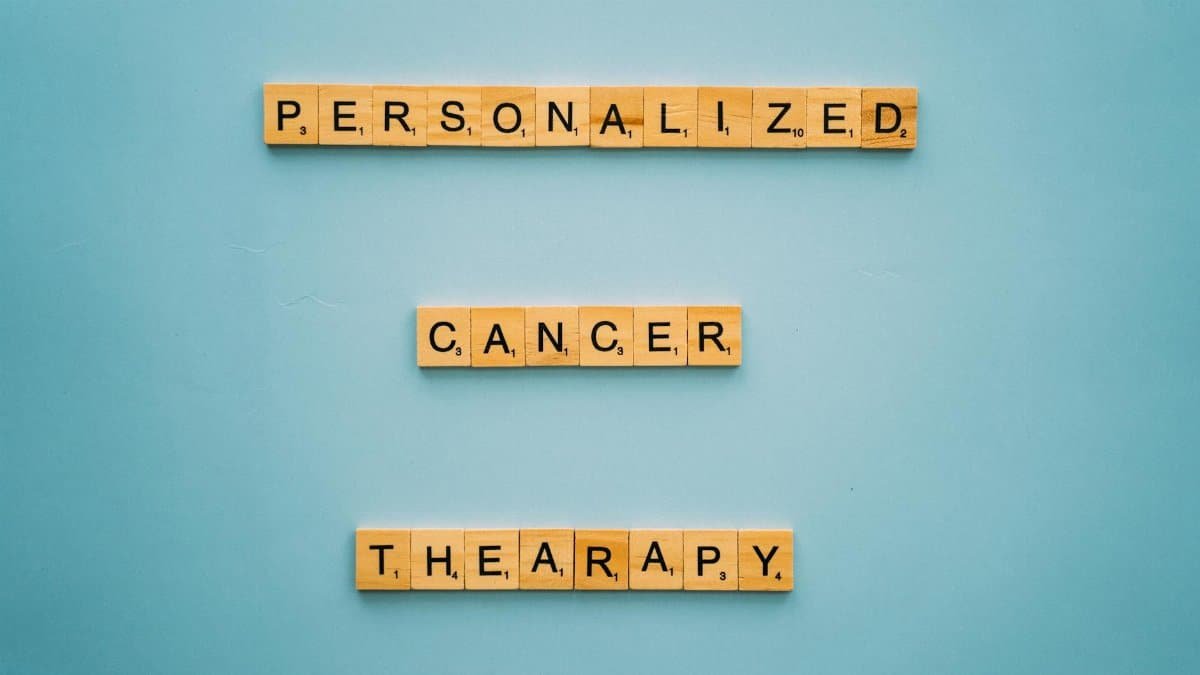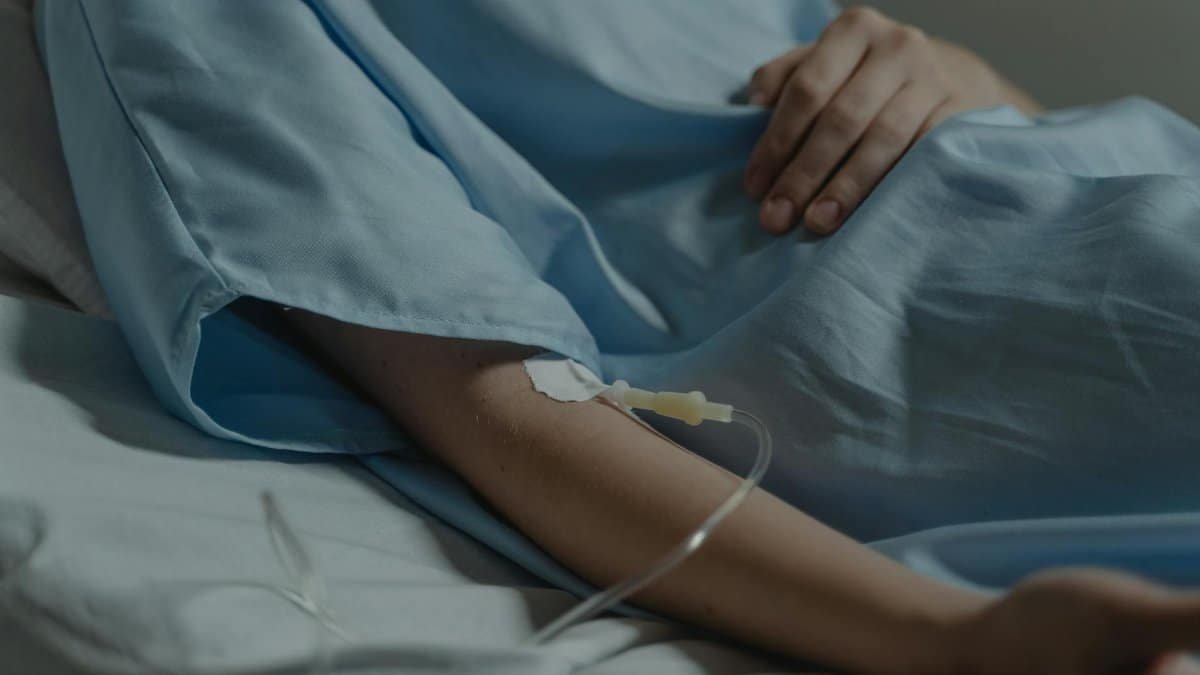In a groundbreaking development, arlington iv lighting is causing a major shift in patient care in Virginia hospitals this year. On April 1, 2025, in Arlington, VA, a new technology syncing LED lights to patients’ breathing patterns during infusions has shown remarkable results. A group of 60 patients reported a striking 35% reduction in perceived pain during their treatments. This innovative approach, dubbed “breath-paced IV drip lighting,” is capturing attention for its potential to transform the hospital experience by easing discomfort through a calming visual rhythm.
Introducing Breath-Paced Lighting in Arlington

In Arlington, VA, hospitals have rolled out a cutting-edge tool designed to improve patient comfort during intravenous (IV) treatments. Known as arlington iv lighting, this technology integrates LED lights with infusion equipment, syncing the glow to the patient’s breathing patterns. The result is a soothing visual effect that aims to distract from the often stressful or painful experience of medical infusions. Introduced in early 2025, this initiative marks a significant step toward blending technology with holistic care in clinical settings.
Significant Pain Reduction Reported

The initial findings from Arlington hospitals are striking. On April 1, 2025, data collected from 60 patients undergoing infusions revealed a 35% decrease in perceived pain levels when exposed to breath-paced lighting. This reduction suggests that visual stimuli tied to natural rhythms like breathing can play a powerful role in managing discomfort. For patients facing long or frequent treatments, such a decrease could mean a vastly improved quality of life during hospital stays.
How the Technology Works

Arlington iv lighting operates by connecting sensors to monitor a patient’s inhalation and exhalation. These sensors communicate with LED lights attached to or near the IV drip equipment, adjusting the brightness or color in sync with each breath. As a patient inhales, the light may intensify or shift to a warmer tone, and as they exhale, it dims or cools. This rhythmic pattern aims to create a meditative focus, helping patients relax and potentially lessen their awareness of pain during infusions.
Patient Experience at the Core

For the 60 patients involved in the Arlington trial, the impact of this lighting system has been tangible. Many reported feeling calmer during procedures that typically induce anxiety or discomfort. While individual responses vary, the collective 35% drop in perceived pain underscores a broader potential for non-invasive, tech-driven solutions in healthcare. Hospitals in the area are now prioritizing patient feedback to refine how this lighting integrates into routine care, ensuring it meets diverse needs.
Broader Implications for Hospital Care

The success of breath-paced lighting in Arlington raises questions about its scalability across other U.S. hospitals in 2025 and beyond. If a simple visual aid can cut perceived pain by over a third, as seen with these 60 patients, it could redefine supportive care in clinical environments. This technology aligns with growing trends toward patient-centered innovations, where comfort and emotional well-being are as critical as physical treatment. Experts are watching closely to see if this model can address pain management on a national scale.
Supporting Research on Visual Therapy

The concept behind arlington iv lighting isn’t entirely new; it builds on existing studies about the therapeutic effects of visual stimuli. Research from institutions like the National Institutes of Health shows that guided visual focus can reduce stress and pain perception in medical settings. For more on related studies, see NIH News Releases. Additionally, insights from the American Psychological Association highlight how synchronized sensory inputs can promote relaxation, as detailed at APA Relaxation Techniques.
Next Steps for Arlington Hospitals

Following the promising results from the April 1, 2025, trial, Arlington hospitals plan to expand the use of breath-paced IV drip lighting. Administrators are considering larger studies to confirm the 35% pain reduction across a wider patient demographic. There’s also discussion about adapting the technology for other procedures beyond infusions, potentially benefiting even more individuals. As feedback from the initial 60 patients continues to shape implementation, the focus remains on making hospital stays less daunting through innovative means.
Potential Challenges Ahead

Despite the early success, integrating this lighting system isn’t without hurdles. Hospitals must address the cost of installing and maintaining such technology, especially in underfunded facilities. Additionally, not all patients may respond to visual stimuli in the same way—some of the 60 participants in the Arlington study noted minimal impact on their pain levels. Tailoring the approach to individual preferences and ensuring accessibility will be key to its long-term viability in patient care.
